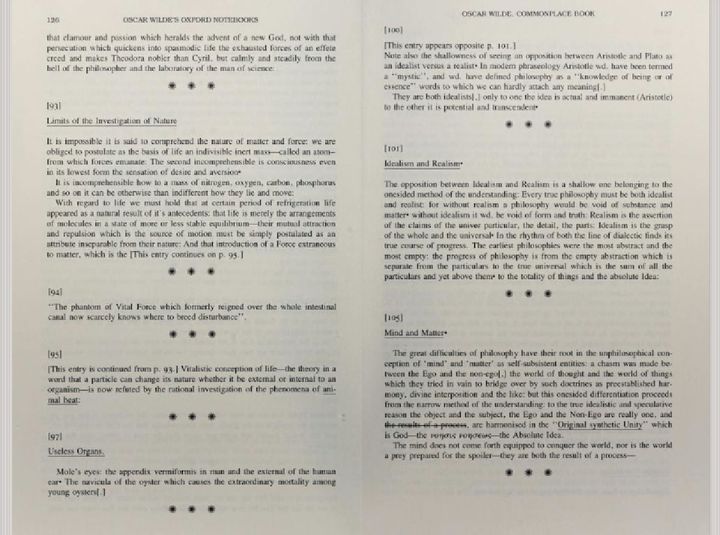Finding Love in the Time of Cholera

Simply called ‘El amor’ by Spanish speakers, Love in the Time of Cholera is certainly preoccupied with love but refrains from exhibiting it. On the contrary, it depicts love in confined settings, withdrawn from the public eye. I’ve read some reviews of this novel that question why ‘love’ is followed by ‘in the time of cholera’ since the novel doesn’t explicitly show cholera except in a few scenes where the doctor mentions it. I hope to address that question in this short essay by demonstrating how ‘love’ in the novel is associated with isolation and danger that comes with a pandemic.
For those who have not read the novel, Florentino Ariza falls in love with Fermina Daza when they are young, and they exchange letters for a while but Fermina Daza’s father doesn’t approve of their relationship due to Florentino’s unpromising financial situation. The father even takes Fermina away from the city just to make her forget Florentino. However, against all odds, they use the telegraph to communicate secretly even when they are far away from each other. It is only after Fermina returns to the city and sees Florentino Ariza with her own eyes again that she realizes that their love is nothing but a delusion; in fact, he inspires nothing but pity in her. Later, she marries Juvenal Urbino who is an upper-class respectable doctor approved by her father. Despite her marriage, Florentino Ariza obsesses over Fermina and decides to wait until her husband’s death to reunite with her.
The novel fast forwards and begins by describing the daily life in the marriage of the old couple Fermina Daza and Juvenal Urbino. Overall, even though they’ve gone through ups and downs, it seems like they’ve had a good marriage. In the meanwhile, despite his disadvantageous background, Florentino manages to become the president of the River Company of the Caribbean. At this same time, Juvenal Urbino, Fermina’s husband, dies rather unexpectedly. After his death, the novel rewinds and begins narrating the past romantic relationship between Florentino and Fermina when they were young.
The beginning of the novel clearly demonstrates how the love between Juvenal Urbino and Fermina Daza is strongly dependent on the setting. Fermina and Urbino’s honeymoon in France, away from home, is framed as quite a romantic time for the young couple. It’s only after they come back home to their daily domestic existence that problems begin to surface in their relationship. Fermina Daza begins to ‘detect the disillusionment of never having been what she had dreamed of being when she was young, in the Park of the Evangels. Instead, she was something she never dared admit even to herself: a deluxe servant.’ She compares her love life directly to her time spent at the ‘Park of the Evangels.’ So, love is very much spatialized for her as she is content outdoors and in France but not at home where she feels, succinctly put, like a ‘deluxe servant.’ That’s why at a point in the novel where her relationship with her husband is completely falling apart, she wants to travel back to Paris where she is actually able to rekindle her love for her husband.
On the other hand, we have Florentino Ariza who is obsessed with Fermina Daza, and he also recalls his relationship with Fermina Daza along with the descriptions of the Park of Evangels: ‘once again he felt as he did on those afternoons of endless reading in the little park.’ Unlike Urbino who keeps traveling to foreign lands, Florentino fails to travel outside of Cartegena. Just once, because of extreme insistence from his mother to make him forget about Fermina Daza that he decides to go on a journey by ship but returns immediately and decides that he will never leave Cartegena again. Florentino lives and loves in an old-fashioned way and is bound by his old clothes, memories, old poems, and his town. Consequently, his love for Fermina Daza is rooted in this town and in a sense of nostalgia.
Of course, having had more than 600, he is also the man of secret affairs. Oftentimes, he meets women, both married and single, in their home in secret. During his affair with a woman called Ausencia Santander, a particular scene manages to demonstrate the vulnerability and danger that is attached to love in this novel. While they are in Ausencia Santander’s bedroom, Florentino senses something is wrong, and when they leave the bedroom where they have spent hours in complete withdrawal, they find the rest of the house robbed of every single thing: ‘All that was left were empty rooms with the four open windows, and a message painted on the rear wall: This is what you get for fucking around.’ Here, the robbers who wrote the message threaten the confinement of the lovers by the four open windows and indicate the danger of being in love and thus being isolated to such a degree. This scene does the same as the juxtaposition between love and cholera in the title links love with the isolation and threat that comes with a contagious disease.
The spatialization of love becomes most apparent at the end of the novel when Florentino and Fermina reunite at an old age and go on a river cruise. After seeing some people she knows, Fermina feels uncomfortable being seen on a cruise so soon after the death of her husband. As a solution, Florentino orders the Captain to fly a yellow flag that indicates cholera. Thus, they create a space that is the complete reversal of the outside world, a sort of heterotopia, where love at an old age is not disreputable. Even in that last scene, cholera is actually nonexistent in the ship, it is love that is disguised as cholera.
So, in this article, I had to leave certain issues about the novel aside; namely, the absolutely deplorable character of Florentino Ariza who takes advantage of a 14 old child and rapes a servant, and the unbearably indifferent narration of all these. I’ve tried to explain how I perceived the representation of love in the story in connection with disease and isolation. It is just difficult to find both cholera and love in this novel; it’s not possible for me to imagine love between Florentino Ariza and anyone after the offenses he commits. So, love is actually hidden in every sense of the word, and the various and not so innocent faces and disguises of love are on display.
*Image by Felix Wolf from Pixabay


